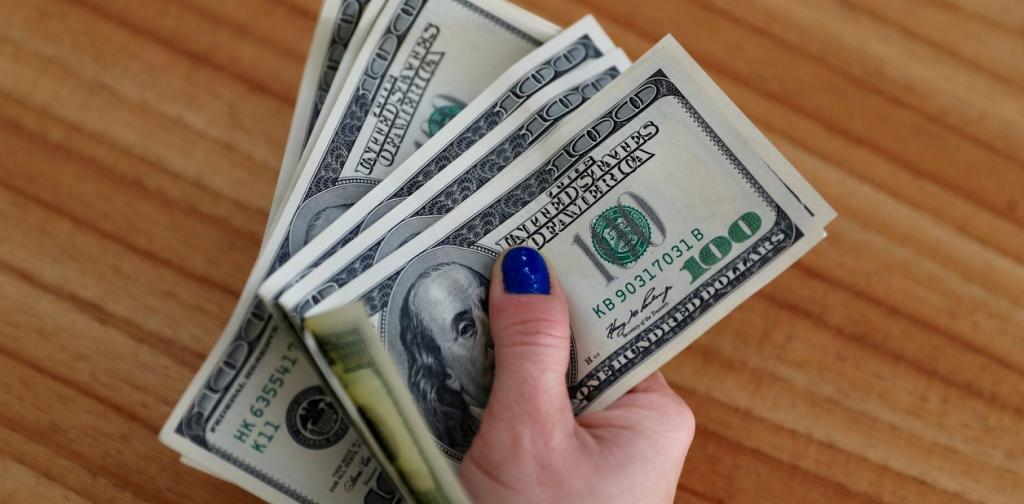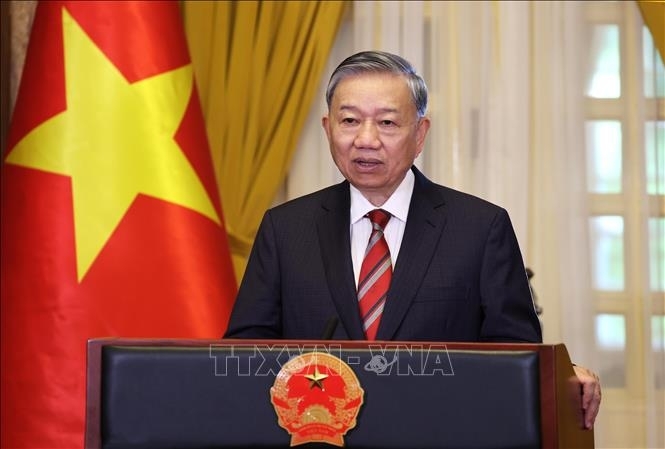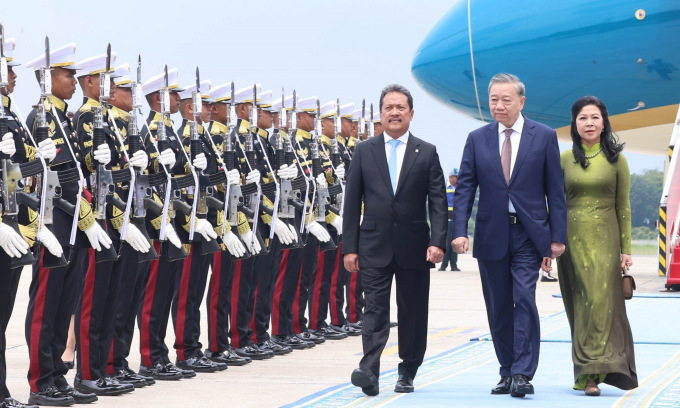Understanding Argentina's Blue Dollar Rates and Their Impact
Explore Argentina's blue dollar rates and their significant impact on the economy, revealing the complexities behind this critical currency exchange.

Key Points
- The blue dollar, valued significantly higher than the official dollar, reflects Argentina
's complex economic landscape and inflationary pressures.
- As of February 2025, the blue dollar remains stable, oscillating around 0%, highlighting its ongoing importance in everyday transactions.
- This currency disparity impacts financial decisions for Argentinians, making understanding the blue dollar crucial for personal financial stability.
The dynamics of currency exchange in Argentina are fascinating, particularly with the peculiar phenomenon known as the "blue dollar". This term refers to the unofficial exchange rate for the US dollar, significantly impacting the economy and financial decisions of many Argentinians. As of February 28, 2025, the blue dollar is valued at $1,205 for purchasing and $1,225 for sales. This creates a considerable disparity between the blue dollar and the official rate, which stands at around $1,041.75 for buying and $1,081.75 for selling, according to
.
The gap between these two dollar rates is more than just numbers; it reflects the complexities of Argentina's economic landscape. While the official dollar is accessible through banks and official currency exchanges, the blue dollar thrives in the shadows of the black market. This creates an intriguing scenario where individuals often have to choose between legality and financial practicality.

The Current Landscape of Blue Dollar Rates
Throughout February 2025, the blue dollar has shown stability, fluctuating around 0% in comparison to the previous month. At the beginning of the year, it was available at $1,230 for sale, highlighting the minor changes in this unofficial market. This trend indicates that despite economic fluctuations, many Argentinians still depend on the blue dollar for transactions.
As of late February, the blue dollar's value has increased compared to the same time last year, showing an 18% rise from 2024. This annual increase reflects changing economic conditions that drive Argentinians toward the blue dollar market. The discrepancy between the blue and official rates is substantial, with the blue dollar selling for approximately 13% more than the official dollar.
What Causes the Blue Dollar Phenomenon?
The blue dollar is dubbed so due to its association with the informal marketplace, often characterized by its 'dark' connotations. Some speculate that the term "blue" may also be connected to so-called "blue chip" investments or the blue tint on dollar bills that are used to detect counterfeits.
This fascinating currency reflects the ongoing struggle within Argentina's economy, where inflation and currency controls force citizens to seek alternative means for securing foreign currency. For instance, the dollar linked to credit card transactions currently also floats at a high rate, further emphasizing the importance of the blue dollar in everyday life.
The Implications of Currency Disparity
The substantial difference between the blue dollar and the official dollar carries significant implications for Argentinians, impacting everything from savings to import prices. While some may view the blue dollar as a risky alternative, particularly given its legality, many see engaging in the blue dollar market as a necessary strategy for financial stability.
In recent weeks, fluctuations have been minimal, often staying within a 1% range. This stability might provide some comfort and predictability in a volatile economic environment. However, it is essential to acknowledge that such stability is fragile and can be influenced by external factors such as government policies or market sentiment.
The blue dollar serves as a barometer for the broader economic conditions facing Argentina.
Looking Ahead
As we move further into 2025, the situation surrounding the blue dollar will undoubtedly continue evolving. Citizens will remain vigilant, seeking opportunities for financial growth while navigating the complexities of Argentina's economy. The fluctuating dollar rates remind us that economic landscapes are not static; they are continually reshaped by various influences, including inflation, policy changes, and global market trends.
Understanding this currency dynamic is crucial not only for investors and economists but for everyday citizens who strive for financial security in uncertain times. Keep an eye on these rates, as they reflect more than just numbers—they illustrate the resilience and adaptability of an economy in the face of adversity.


